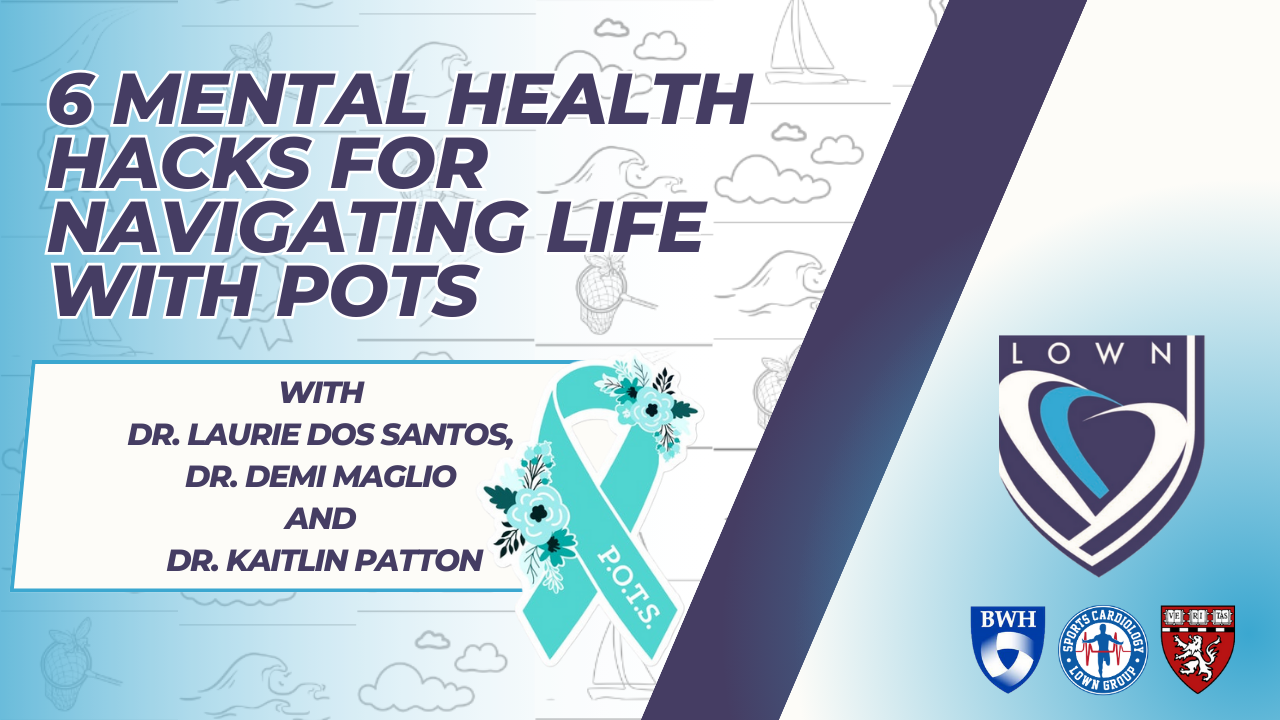The Painful New Reality of Opioid Prescriptions

Nothing erodes the quality of life faster than pain and unfortunately more than half of American adults report they live with it on a chronic, recurring basis. That makes it easy to understand why, when seemingly safe, effective opioid drugs became widely available in the 1990s, they were quickly embraced by physicians and patients. Considered one of the most promising developments in pain management in decades, opioids such as oxycodone (OxyContin, for example), hydrocodone (Vicodin) or meperidine (Demerol) had already proved highly effective on a short-term basis to treat acute pain. The mechanisms were clear: opioid molecules travel through the bloodstream into the brain, attach to receptors on the surface of certain brain cells and trigger the release of dopamine in the brain’s reward and pleasure center.
However, what was not known was how patients reacted to these medications when taken daily for weeks, months and years to treat chronic conditions ranging from headaches and stubborn lower back pain to neuropathy, fibromyalgia and severe degenerative joint disease. As use of opioids for chronic pain (defined as lasting longer than three months) became widespread, reports of unwanted side effects emerged, along with doubts about long-term efficacy and optimal outcomes. Most alarmingly, the potential for abuse and addiction materialized into a full-blown crisis, evidenced by stark statistics like these:
- Opioid prescriptions increased 7.3% from 2007-2012; by 2013, 1.9 million people were reported to be abusing or dependent on opioids. As many as 25% of people prescribed opioids on a long-term basis struggle with addiction.
- 165,000 Americans died from overdosing on prescription opioids from 1999-2014, climbing from 3 deaths per 100,000 people to 9; the highest rates were seen among 25 to 54-year-old white Americans.
Clearly, sweeping changes were needed, and in response, new recommended guidelines for safer pain management were issued by the Centers for Disease Control (CDC) last spring, and received
strong endorsement from well-respected organizations including the American Academy of Pain Medicine and the American College of Physicians (ACP). According to ACP, the recommendations are “reasonable, based on the best available evidence, and find the right balance between educating about the hazards of opioids while recognizing special circumstances where such medications may be an important part of a treatment plan.” The recommendations specify best practices for dosage levels and usage, and raise awareness of the risks posed to all patients by the drugs. Please note that these are recommendations only and may be altered at the discretion of the physician treating you to fit your unique needs. These include:
- Non-pharmacologic and non-opioid therapy are preferred for chronic pain. Opioid therapy should be used only if expected benefits for both pain and function are anticipated to outweigh risks.
- If opioids are used, they should be combined with non-pharmacologic and non-opioid pharmacologic therapy, as appropriate.
- Physicians should establish treatment goals with their patients before starting opioid therapy, including realistic and clinically meaningful goals for pain and function, and an ‘exit strategy’
should the therapy need to be discontinued. - Use immediate-release opioids instead of extended-release/long-acting opioids.
- Use the lowest effective dosage, and carefully reassess individual risks and benefits when increasing dosage to ≥50 morphine milligram equivalents per day.
- Prescribe immediate-release opioids for acute pain in no greater quantity than needed for the expected duration of pain – three days or less will often be sufficient, more than seven days will
rarely be needed. - A frank physician-patient discussion regarding the risks and benefits of opioids should take place before starting therapy. An evaluation of benefits and harms should be scheduled within one to four weeks of starting opioid therapy, and repeated at least every three months. If benefits do not outweigh harms of continued therapy, physicians should explore alternatives (see sidebar) with patients and work with them to gradually taper off to lower doses and ultimately discontinue use.
The post The Painful New Reality of Opioid Prescriptions appeared first on Specialdocs Consultants.
Recent Blog Posts






